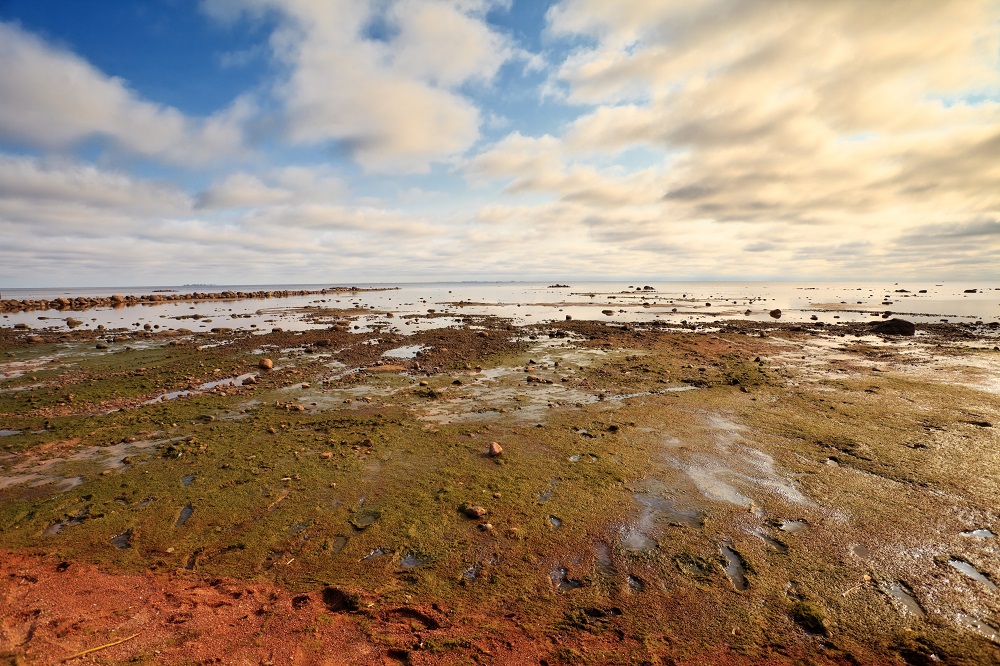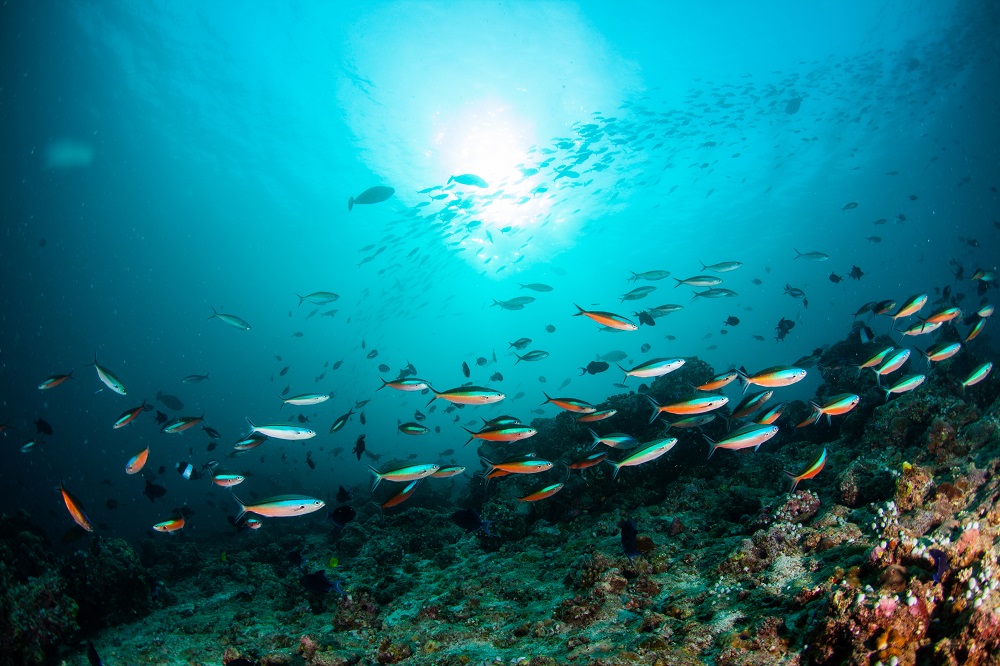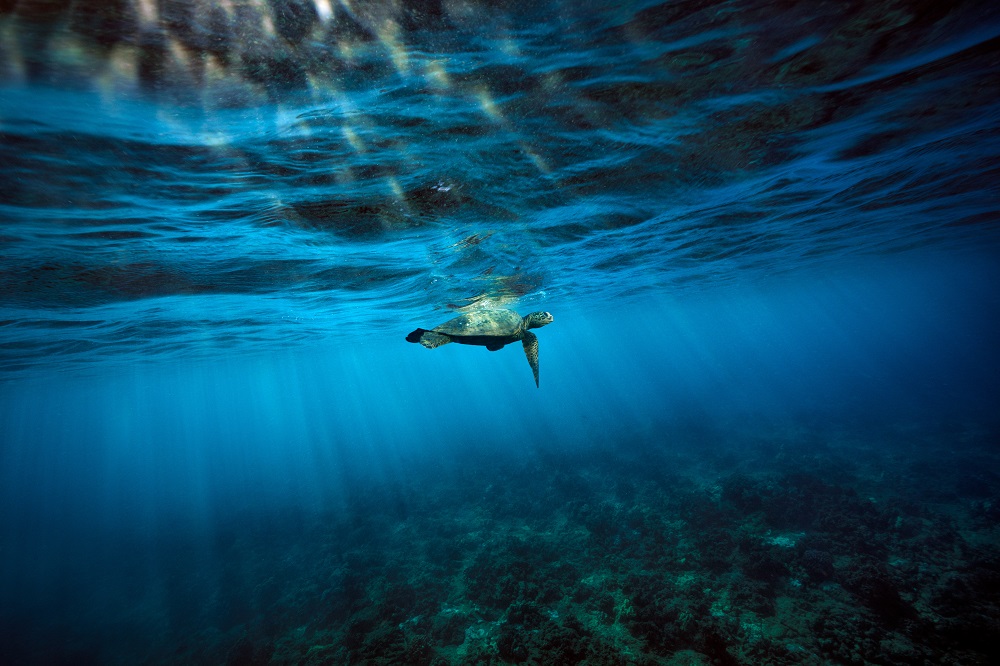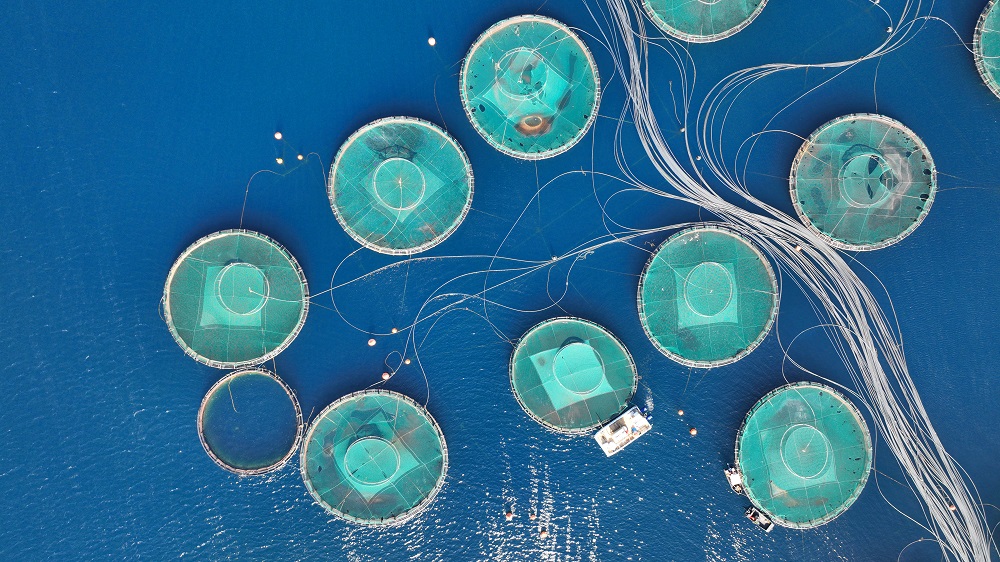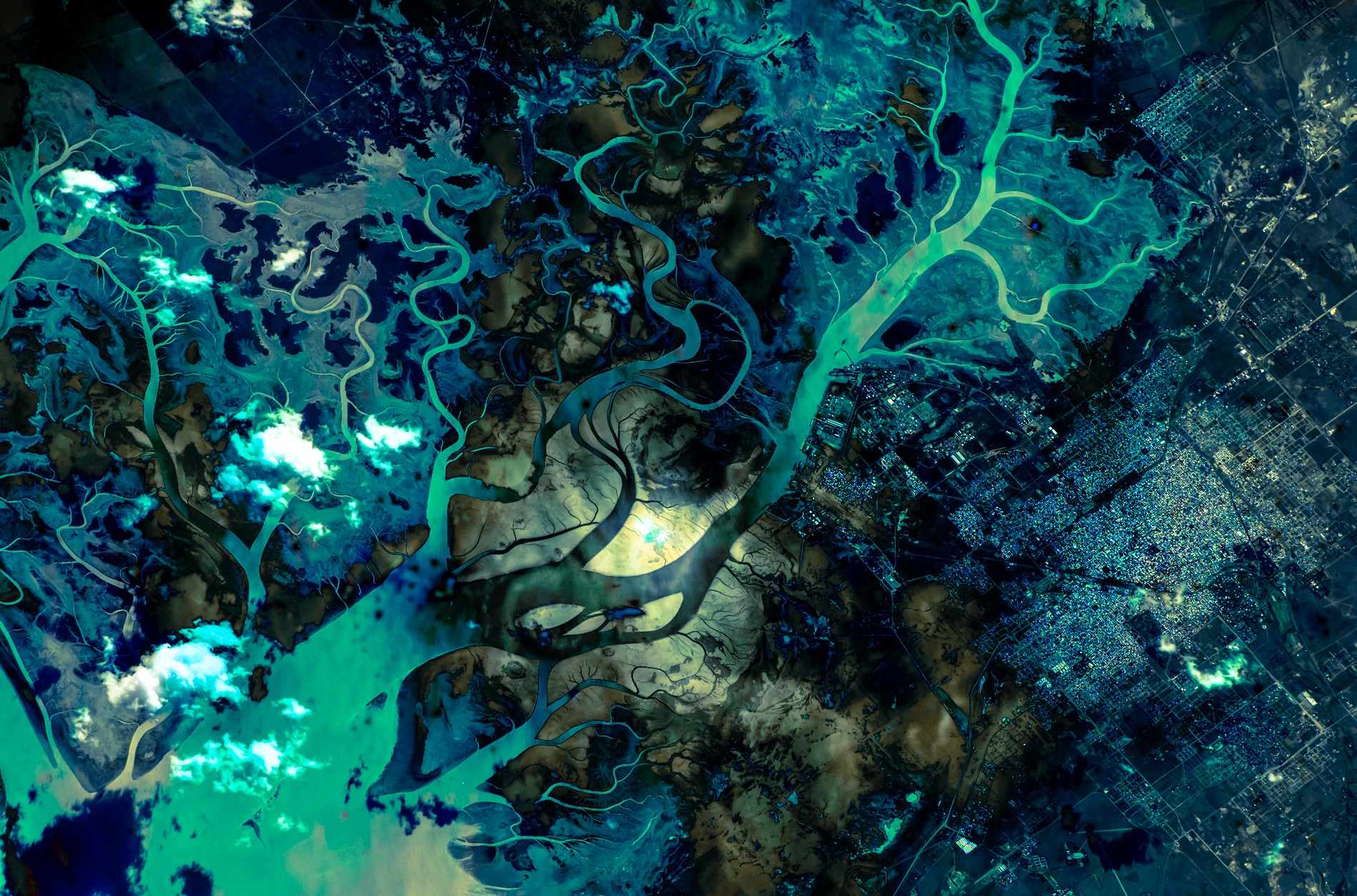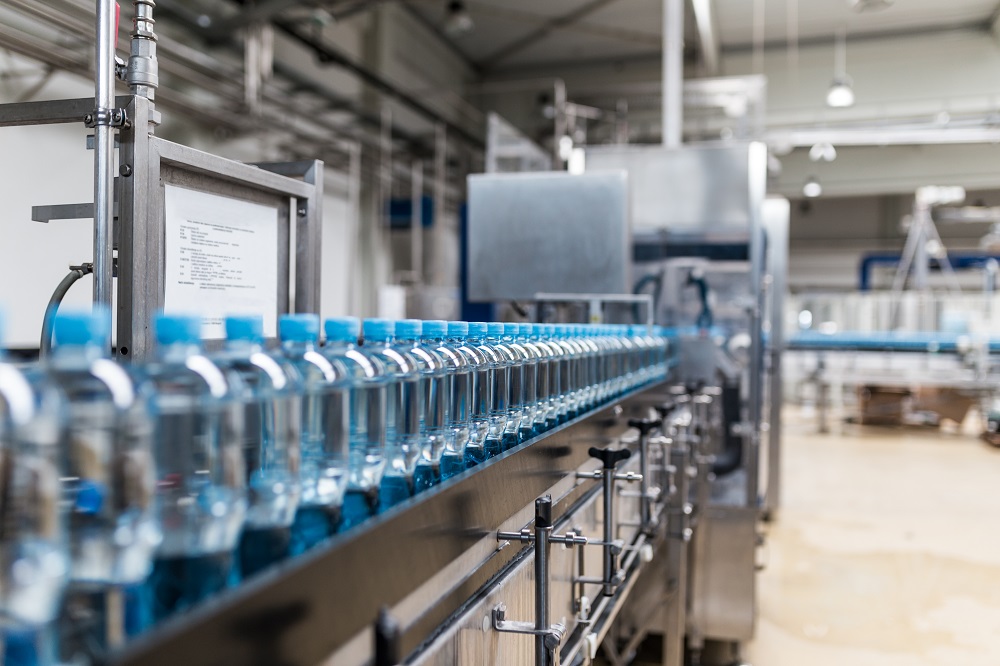One thing that hasn’t happened to the degree that we expected is that the oceans haven’t cooled down as much after the recent El Niño phase. Typically, we would expect La Niña to bring a noticeable drop in temperatures, but that hasn’t happened to the usual extent. The Earth’s energy imbalance appeared to dip slightly at the end of last year, but since it’s a highly variable quantity, you can’t really judge it over a few months. We’ll be looking at how sea surface temperatures and the energy imbalance unfold over the next year. We’re also trying to work out the role of sea surface temperature patterns in influencing the energy imbalance. Over the past 10-15 years, the Earth’s energy imbalance has been more positive than expected, probably due to two main factors. One is that various forms of pollution have been cleaned up. Industrial pollution, particularly in China, and the removal of sulphur from marine shipping fuel have reduced aerosols in the atmosphere. These aerosols previously brightened clouds, making the Earth more reflective. With less aerosols, the planet absorbs more sunlight, mostly warming the oceans. The other thing that can happen is that clouds respond to the circulation of the atmosphere, which responds to the warmth of the ocean. In certain parts of the North Pacific, we’ve seen decreases in cloud reflectivity in response to ocean surface temperature patterns. If a warmer world means less reflective clouds, this would amplify global warming. These two sources of decreased albedo , resulting in more absorption of heat from the sun, are big uncertainties, and we’ll be looking at the feedback effect over the longer term.

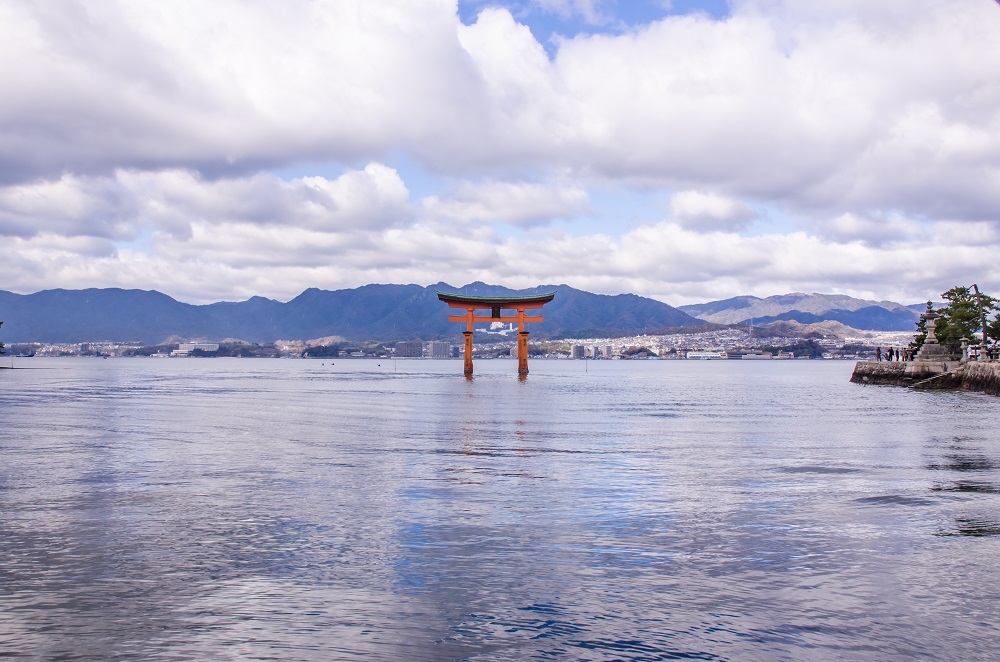






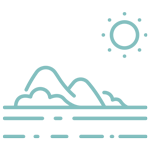

 The scourge of untreated wastewater
The scourge of untreated wastewater Slowing
the chemical tide: safeguarding human and ocean health amid
chemical pollution
Slowing
the chemical tide: safeguarding human and ocean health amid
chemical pollution Hazardous chemicals in plastics - the discussions at INC
Hazardous chemicals in plastics - the discussions at INC








